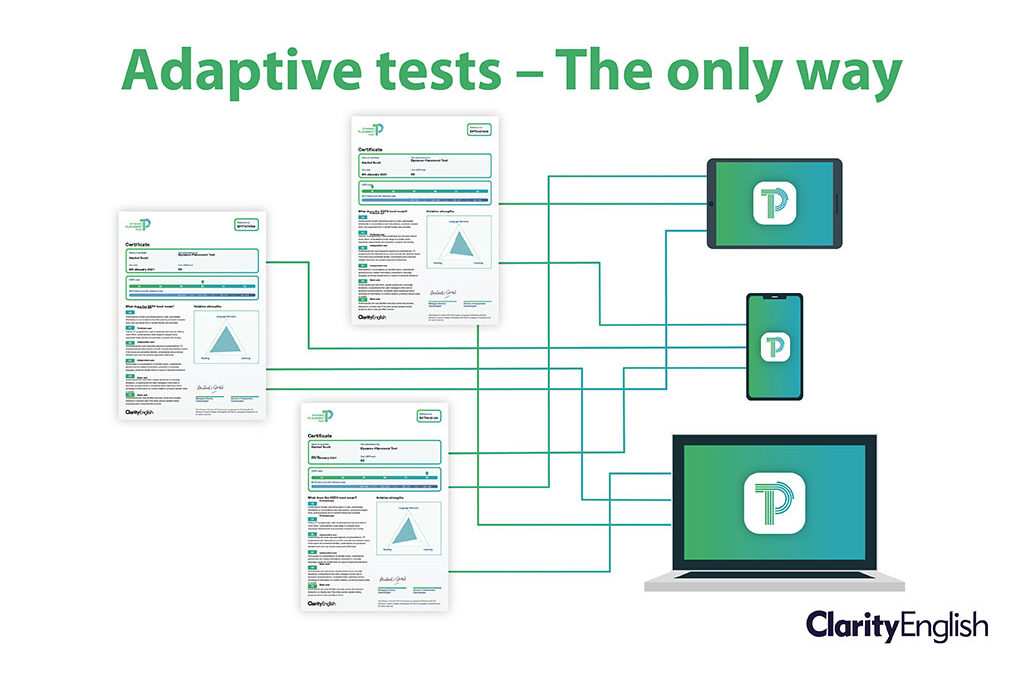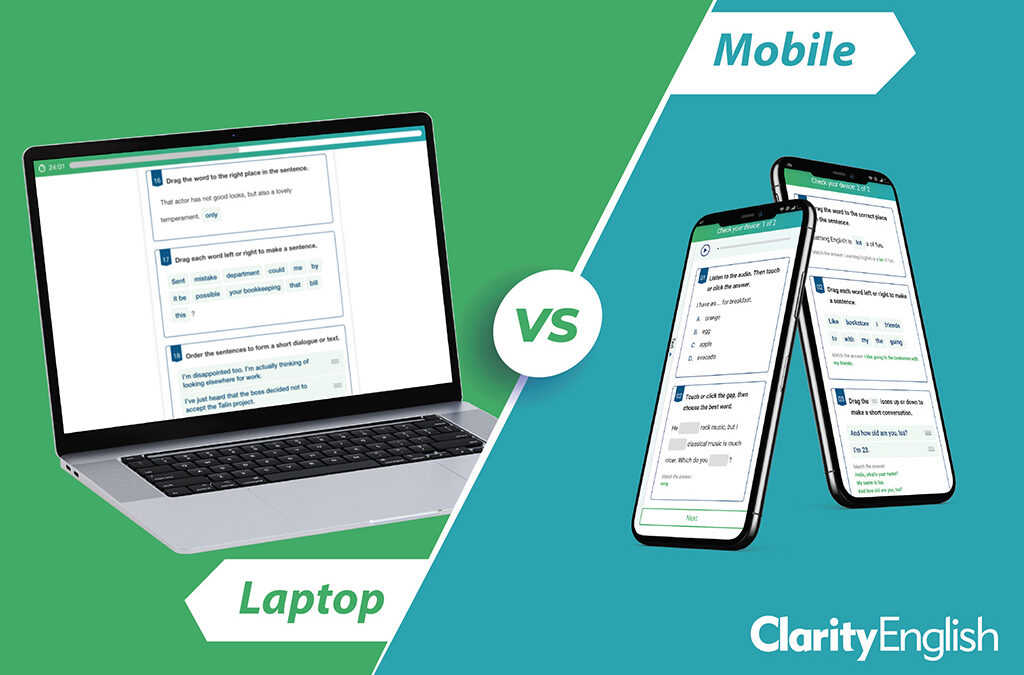In his very own experiment, Martin Moore uses the Dynamic Placement Test to test if device choice affects result.


In his very own experiment, Martin Moore uses the Dynamic Placement Test to test if device choice affects result.

Can you tell the difference between the results given by a human and AI marker? Martin Moore shares the big (and not so big) differences between the two.

The road to our AI speaking test wasn’t a smooth one. Martin Moore lays out the trials, tribulations and triumphs of developing the Dynamic Speaking Test.

Atlas English shares their findings from their project with HOPES LEB, improving the prospects for vulnerable youth and refugees in Lebanon.

Everyone wants a test to be valid. But what is validity and how do you tell if a test is valid or not?

This post explains what item analysis is, how we use it, and what you’ll find in a robust and reliable test.

English language testing is crucial in the petroleum industry. This is how one training organisation found the most suitable placement test.

At the ELITE conference in Malang, Indonesia last week Dr Adrian Raper explained why a placement test must be adaptive. This is a summary of his talk.

No one wants to be disadvantaged during a test. Here is a reminder of what students can expect when taking the Dynamic Placement Test on different devices.

Can we, and should we, make English tests more international? Andrew Stokes explores the possibilities.